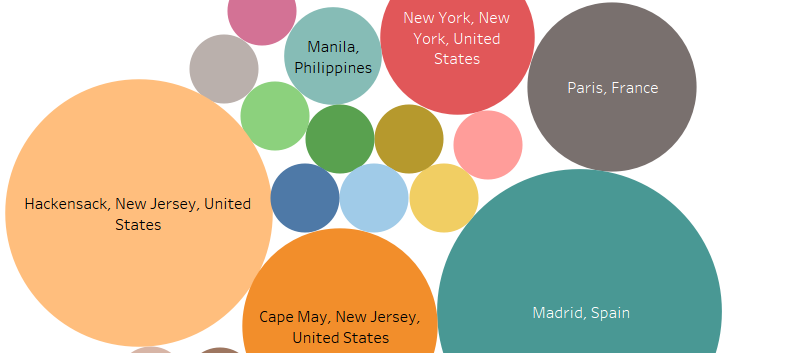One of the great advantages of being a part of this research is learning the amount of languages a person knows, understands, speaks, or just able to identify. You learn that your classmates are bilingual, trilingual, or even quadrilingual! The knowledge of being able to communicate in more than one language is a fascinating subject for linguists and was discussed heavily in our Anthropology class. Indeed, this whole research is based on delving into this area and obtaining more information about it.
People who are bilingual though, or others who know more than two languages, aren’t as uncommon as one expects, especially considering a person’s geographical location. The interesting part about gathering data from Seton Hall students is that the campus comprises a mixed ethnic/racial population with students coming from diverse backgrounds. Information on this shows a range of about 45%–50% of students identifying as belonging to non-white minority backgrounds! So to discover that the majority of data collected indicates that students are overwhelmingly versed in more than one language is astounding, especially given students understanding languages that aren’t as well-known as others, such as Uzbek as documented from one student.
Given also the geographical location where Seton Hall resides and where most of the student population comes from, bilingualism can be inferred as a relatively common feature in most of the tri-state area as it’s pretty diverse. Bilingualism isn’t just a common feature for some parts of the American Northeast however as it’s found across the globe. India for example has higher rates of bilingualism in cities as compared to more rural areas, and the same can be said of London in the UK.
Now this information may seem trivial to some who don’t view bilingualism with the utmost favor but the value of being able to communicate in more than one language cannot be understated. Language is truly limitless, in that different languages can be found to be spoken or understood across the globe as mentioned before. People who converse in more than one language hold a valuable skill as they get to speak or understand beyond their “mother tongue” or the lingua franca of their culture.
The important point to note from all this is that the limitlessness of language is here to stay and probably expand too. As multiculturalism and diversity continues to grow, it’s evident that people who communicate in more than one language will remain, and become an even more noticeable group in our society.
